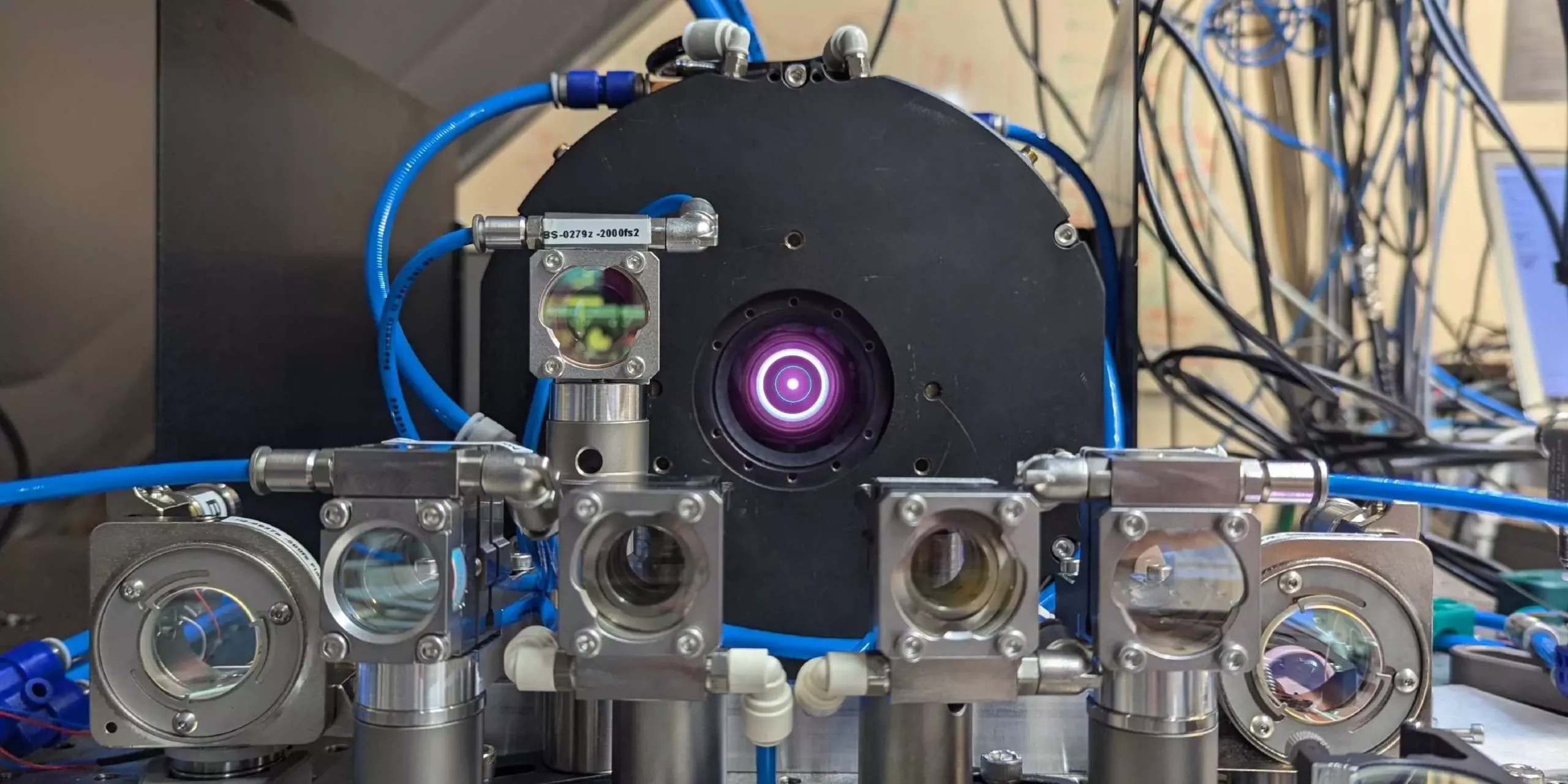The word “laser” typically evokes imagery of a focused, ongoing light beam used in various applications. Yet, a more specialized dimension of laser technology revolves around the production of rapid, intense pulses of light. By harnessing these pulsating laser beams, scientists and engineers can engage in advanced material processing and create high-frequency harmonics that extend into the realm of X-rays. These innovations allow for exploration of phenomena occurring on incredibly short timescales, down to the attosecond, which is a billionth of a billionth of a second. A remarkable achievement in this domain has been made by a research team at ETH Zurich, led by Professor Ursula Keller.
Recently, Keller and her colleagues surpassed the previous limits of laser power by achieving a new record of 550 watts in average output. This development is significant because it exceeds prior benchmarks by more than 50 percent, marking a paradigm shift for laser oscillators. Moreover, the duration of these laser pulses is phenomenally short—lasting less than a picosecond—and emitted at a staggering rate of five million pulses per second. These short yet potent pulses reach peak power levels of approximately 100 megawatts, theoretically sufficient to operate a substantial number of household appliances like vacuum cleaners, though for only brief intervals.
The foundation of this groundbreaking technology lies in the improvement of short-pulsed disk lasers, a focus of Keller’s research for the past 25 years. Utilizing a thin crystal disk embedded with ytterbium atoms, the research team has navigated through numerous challenges over the years, often encountering obstacles that caused mechanical failures within the laser system. Despite these setbacks, each challenge brought new insights were gained that enhanced the reliability and performance of these lasers, which are particularly valuable in industrial settings.
Past innovations have led to an advanced configuration that employs a unique arrangement of mirrors. This setup allows the laser light to traverse the disk multiple times before exiting, thereby amplifying the light efficiently while maintaining stability. According to Moritz Seidel, a graduate student involved in the research, this strategic arrangement is a cornerstone of their success in enhancing laser performance without compromising stability.
Central to their breakthrough is the use of a semiconductor saturable absorber mirror (SESAM), a technology Keller pioneered three decades ago. This special mirror adjusts its reflectivity based on the intensity of incoming light. Consequently, the SESAM enables the laser to shift from a continuous beam to an intense series of short pulses. This results in significantly amplified intensity since energy is focused into brief intervals rather than spread out over time.
Establishing optical pulses directly within the laser oscillator is a critical advancement over previous methods, which typically involved routing weaker pulses through multiple external amplifiers. Such designs often generated excessive noise that complicated high-precision measurements. Keller’s team tackled various intricate technical challenges, including the integration of a sapphire window to enhance the SESAM mirror’s properties, before finally observing their pulse-generating success.
Keller envisions these newly developed pulse lasers leading to equally significant innovations in fields such as ultrafast physics, frequency combs, and terahertz radiation generation. In particular, the potential to scale down these laser pulses to just a few cycles could pave the way for creating new attosecond pulses, instrumental for research in quantum mechanics and time-resolved spectroscopy.
Moreover, Keller foresees possible applications that extend to precise measurements of time itself, contributing to new forms of atomic clocks. The broader aim, as Keller mentions, might establish whether certain physical constants could vary over time—an idea that could reshape some fundamental tenets of physics. Additionally, the terahertz radiation produced may have implications in material testing and various other scientific explorations.
The advancements made by Ursula Keller and her team at ETH Zurich set a transformative precedent in laser technology, showcasing the efficacy of laser oscillators as a robust alternative to conventional amplifier-based systems. With enhanced precision and stability, these innovations not only reflect significant strides in laser technology but also promise an exciting future where advanced measurement techniques will enable scientists to delve deeper into the workings of our universe. The implications for research, industry, and beyond are vast and still unfolding, setting the stage for the next chapter in the evolution of laser science.


Leave a Reply